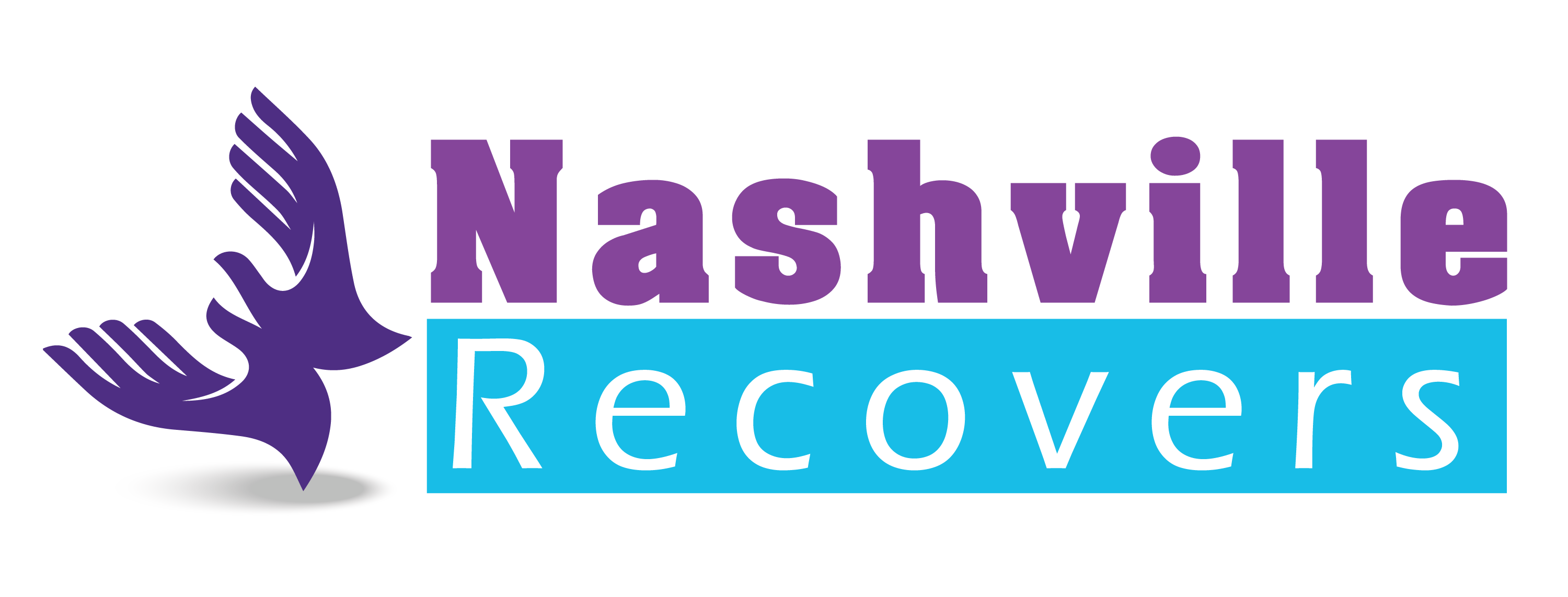Metro Police this week broke up a drug ring that they believe brought in about 22 pounds of heroin a month into Nashville. And that’s only one drug ring.
Do what?? Didn’t heroin go away with tie-dye T-shirts in the ‘70s?
Well, like tie-dye, heroin is making a strong comeback. And it’s not just in the inner-city.
Heroin is in the suburbs, in private schools, in the hands more and more of affluent kids who have been snorting pain pills and smoking weed for the last couple of decades.
It’s a deadly trend: In the last year and a half, heroin has been linked to 20 overdose drug deaths in Nashville alone, the medical examiner’s office says.
 How did this happen? Well, it’s about availability and price.
How did this happen? Well, it’s about availability and price.
All this cracking down on selling OxyContin and other pain pills has reduced supply considerably. It now costs $30-$35 a pill on the street.
But a hit of heroin – about a tenth of a gram – sometimes costs only $10.
“When I couldn’t find pills, I tried heroin, and I found I could get just as high for about a third of the price,” says recovering addict Pat, 23, of Antioch, who has 17 months clean.
And if all else failed in getting pills, Pat, who grew up in an affluent suburb, always knew where to get heroin.
“I just went to the ‘hood and started approaching different people,” he said. “Desperation at its finest.”
Another recovering addict, Patrick M., 25, also made the switch from pain pills to heroin toward the end of his active addiction.
“Eventually, when the money starts running out, you gotta switch to heroin,” he said. “I knew how expensive opioids (pills) were and I didn’t want to be paying for them all the time.”
Recovering addict Billy D., 30, agrees.
 “I knew people who I used to use opiates with had already made the switch to heroin,” he said, “The high is slightly different, There’s something about opiate pills that’s a cleaner high, but the cost effectiveness is too hard to pass up.
“I knew people who I used to use opiates with had already made the switch to heroin,” he said, “The high is slightly different, There’s something about opiate pills that’s a cleaner high, but the cost effectiveness is too hard to pass up.
“Heroin curves the physical craving enough, and it’s cheap. then the amount of heroin I started to use, it was impossible to go back to opiates.”
So whatever hesitation addicts may have had about doing heroin, the simple fact is that today, heroin is cheaper and easier to get than pain pills.
And that fact, eventually, is enough to break down any barriers than an addict – of any income, any race, any part of town – may have had about using heroin.
“We’re seeing [people] as young as 15 from very affluent families,” Metro Police Sgt. Gene Donegan told News 2 back in October.
“”We’re seeing older, established professionals using heroin. It really is not respecting any boundaries right now.”
Users don’t just inject heroin; they often smoke or snort it, so just because you don’t find needles in your teen’s bedroom doesn’t mean he or she isn’t doing heroin.
And it’s not just in Nashville.
“Heroin’s on the rise” stories have been popping up in national media since last year.
A 2012 survey by the federal government showed about a half a million people were considered dependent on heroin – and that’s about twice the number in 2002.
Still, heroin use is fairly rare among those who use illegal drugs.
In that 2012 survey, about 669,000 said they had used heroin, but more than 4.7 million said they used cocaine in some form that year, and 31 million said they used marijuana or hashish in 2012.
Still, the numbers are skyrocketing for heroin like no other drug, and some experts predict an epidemic could be coming sooner than later.
Experts also say users get addicted to heroin far quicker than they do to pain pills.
Ya don’t often hear about recreational heroin users.
I wish I had some solutions to offer here. But sometimes awareness is a great first step.

Recent Comments